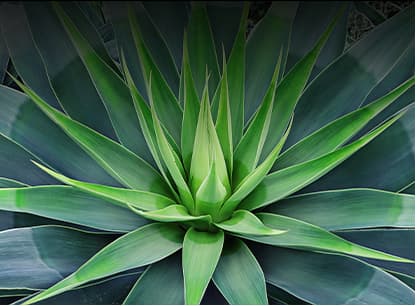About Devil Mountain
We were founded in 1995 as a wholesale brokerage serving industry professionals. Today, we’re still a wholesale broker, and now also a grower. And our mission remains the same—to offer you more possibilities with better service and higher quality than any other wholesale nursery.
Devil Mountain is committed to stocking, growing, and sourcing the widest variety of plants to the landscape trade while establishing ourselves as the finest wholesale nursery in the country. Devil Mountain seeks to live its mission to be the best in each segment of its business. We pride ourselves on our quality plants, quality nurseries, quality team members, and quality service.
Not A Landscaper?
Our partners at Landscape Plant Source offer the area’s largest inventory of plants, trees, and shrubs for your garden or yard. Dedicated to homeowners who enjoy getting their hands dirty, you can find the plants you want, order them, and have them delivered without leaving your kitchen. Spend less time driving to nurseries, and more time outside in your yard!



















